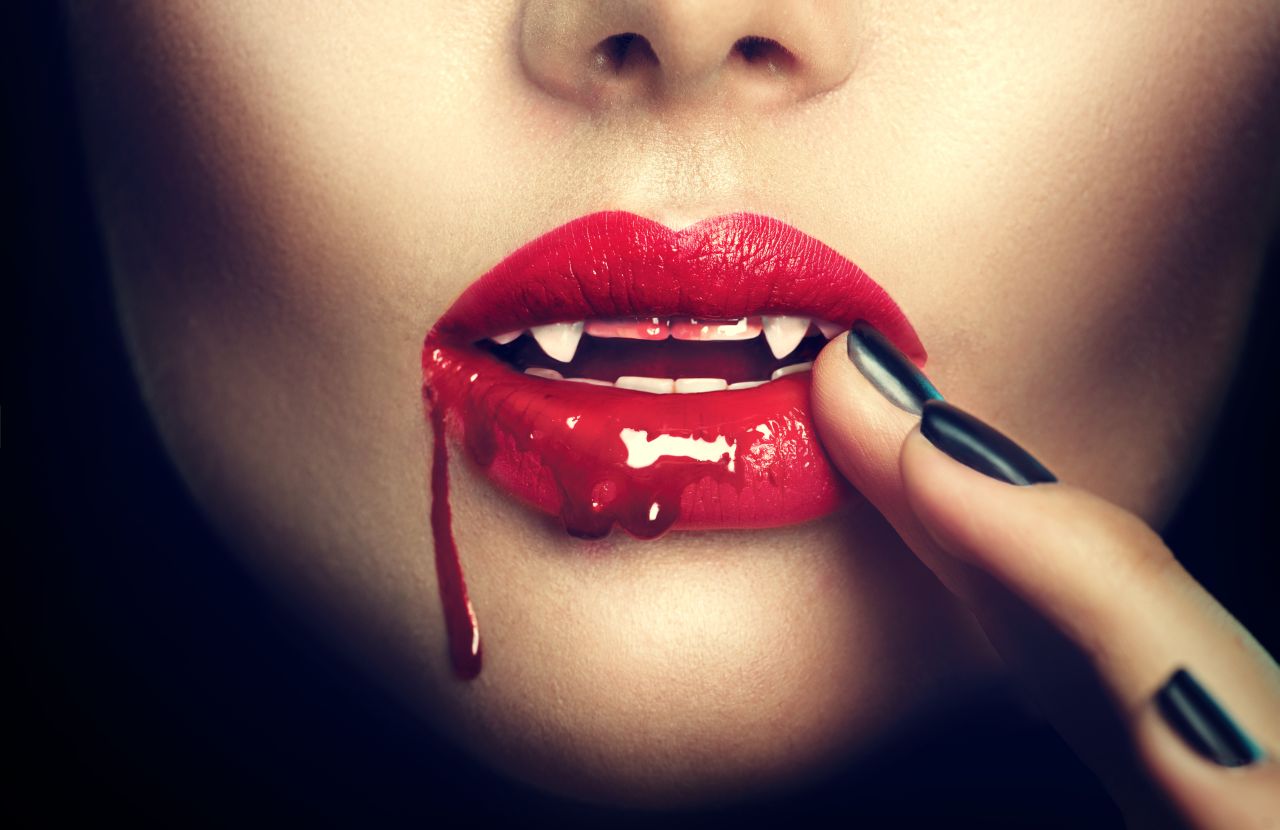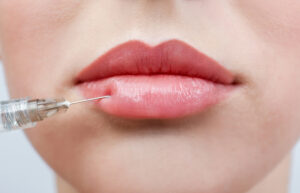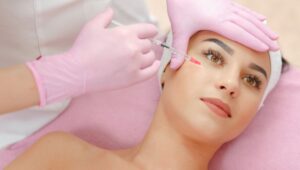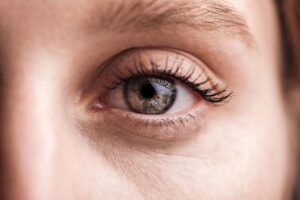What are the different types of PRP treatment?
PRP (Platelet Rich Plasma) treatment is an innovative and effective solution for a wide range of medical conditions and aesthetic treatments such as musculoskeletal pain management, aesthetic treatments, hair loss, chronic tendon injuries, arthritis and more. Each type of PRP treatment comes with its own unique benefits and can offer great results for those looking for a non-invasive way to improve their health and wellbeing. PRP is generally applied topically to the skin to promote collagen production, which can improve the appearance of fine lines, wrinkles, and scars. PRP can also be combined with various other cosmetic treatments such as microneedling, laser therapy, or chemical peels to enhance their efficacy. In addition, PRP is used in dentistry to stimulate bone growth after surgery and in orthopedics to treat sports injuries, arthritis, and tendonitis. The type of PRP treatment prescribed will depend on the patient’s condition and medical history.
Three different PRP services offered by James Christian Cosmetics are Vampire Facelift, Vampire Facial and PRP Hair Restoration.
What is a PRP injection?
Platelet-rich plasma (PRP) injection is a medical procedure that involves extracting a sample of blood from a patient, processing it to isolate the platelet-rich plasma, and injecting it back into the patient’s injury site or affected area. Platelet-rich plasma is a concentration of platelets and growth factors that are essential for healing and tissue regeneration. This procedure stimulates the body’s natural healing processes, promoting tissue repair and regeneration. PRP injections are becoming increasingly popular in sports medicine for treating chronic injuries such as tendinopathies, muscle strains, and ligament sprains. They have also shown promising results in aesthetic medicine for treating facial wrinkles, scars, and hair loss. Overall, PRP injection is a minimally invasive, safe, and effective procedure that has various applications.
Are there any downsides to PRP injections?
This therapy is relatively safe and has few side effects. However, there are some downsides to PRP injections that patients should be aware of. Firstly, the treatment may not be suitable for everyone, especially those who have an active infection, blood disorder, or cancer. Secondly, PRP injections may cause some discomfort and minor side effects, such as swelling, pain, and bruising around the injection site. Thirdly, the effectiveness of PRP therapy is still debated, and the results can vary from patient to patient. Overall while PRP injections are generally considered safe and effective, patients should weigh the potential benefits and drawbacks before deciding to undergo this treatment.
How long do PRP injections last?
PRP injections can last anywhere between six months to one year, depending on the condition being treated and the patient’s response to the treatment. While the initial effects of the injections may be felt within a few weeks, it may take up to six months for full results to become apparent. The length of time that PRP injections last often depends on the severity and chronicity of the condition being treated. By following a proper rehab protocol and incorporating healthy lifestyle habits, patients can help to prolong the benefits of this treatment.
Does insurance cover platelet-rich plasma (PRP)?
Unfortunately, insurance generally does not cover PRP treatments. Be sure to speak with your provider to be sure though. Even without insurance, some PRP treatments can be quite affordable especially when they are on sale at James Christian Cosmetics.
*Information in this article is not medical advice and may not be factually accurate. It is intended for entertainment purposes only. Consult with a physician before attempting any tips in this blog post and to get the most up to date factual data about any procedure or treatment.













